Despite their encouraging record, Cuban Americans would require further progress to close the achievement gaps versus the total US population. They could possibly do so if they continue to work hard and aim high.
The Cuban exodus sharply increased after the Bay of Pigs debacle and the Missile Crisis settlement, which froze the island in the Cold War, ended anti-Castro military operations from the United States and Latin America, and dashed all hopes to liberate the island anytime soon.
Among the largest waves of Cuban exiles were the Freedom Flights, which from 1965 to 1972 brought about two hundred seventy thousand Cubans to Miami. Also important was the 1980 Mariel boatlift, which in a few weeks flooded Florida with one hundred twenty-five thousand refugees, including several thousand convicts, misfits, and spies seeded by the Castro regime.
But the most daring wave was the one in 1994 by some thirty-eight thousand rafters (balseros) who braved the treacherous Florida Straits on anything that floated, including the inner tubes of pneumatic tires. Many never made it.
Another moving chapter of the Cuban exodus story is known as Operation Pedro Pan. It involved the airlift from 1960 to 1962 of more than fourteen thousand unaccompanied children sent by their Cuban parents to the United States, before the latter could also leave or escape from their captive country.
In her Operation Pedro Pan book, published in 1999, Yvonne Conde, a distinguished freelance writer and a Pedro Pan refugee herself, explains what prompted the airlift and how it was carried out. She also vividly describes, with dozens of personal stories, the odyssey of the children spirited out of Cuba without their parents.
As noted by Yvonne, Castro’s minister of education said in 1960 that «the teacher has an unavoidable obligation to transmit revolutionary thinking to students.» That meant Communist indoctrination, military drills, Castro glorification, anti-American slogans, and grueling work in a promiscuous environment at government labor camps in the countryside.
Alarmed parents who could not leave the country immediately desperately sought ways to send their children to the United States and secure temporary care for them. Two key individuals responded to the rapidly spreading panic: James Baker, former headmaster of the private American school in Havana, Ruston Academy, and the priest Bryan O. Walsh, who headed the Catholic Welfare Bureau in Miami, Florida.
They initially worked separately but soon joined efforts to lead what turned out to be a complex, large-scale, and risky humanitarian mission. Baker, in Havana, with the assistance of a group of volunteers (mainly women and a few men), covertly processed the applications involving unaccompanied children between five and eighteen years old and secured airline reservations to Miami. Walsh, in Florida, was able to obtain thousands of visa waivers for the children, exceptionally authorized by the State Department, and handled emergency accommodations, including shelters managed by the Catholic Welfare Bureau, food supply, and where possible, scholarships for schooling.
This passage to liberty, under trying circumstances, was starkly personified by a little Cuban girl who arrived unaccompanied at Miami International Airport. She was spotted by a volunteer with a sign pinned to her dress. It read: «My name is Carmen Gomez. I am five years old. Please be good to me.»
Relatives in the United States and foster families who generously opened their homes to the refugees generally did their best to fill temporarily the absence of the children’s parents. For some children, the reunification with their mothers and fathers took months; for others it took years; still for others, it never happened.
The children’s initial adjustment was hard and, in certain cases, painful with psychological breakdowns along the way. But by and large, the children matured with steel in their spines and gratitude in their hearts, rose to the challenges over time, and seized the opportunities afforded by this generous country, in freedom.
One of them was Carlos Eire, who as a Pedro Pan was airlifted to Miami when he was twelve. Several years ago, he wrote about his personal saga as an unaccompanied refugee in his book Learning to Die in Miami. Carlos poignantly describes his lost childhood in a vanished but not forgotten country (Cuba), as well as his onerous but inspiring assimilation into the United States. Here he became a National Book Award-winning author and a highly regarded professor of history and religious studies at Yale University.
Sadly, the Cuban exodus has never stopped, but it has taken different modalities. Here’s one of the most remarkable ones: Eager to escape, and depending solely on their ingenuity and audacity, several Cuban self-made mechanics and friends converted a 1951 Chevy pickup truck into a vessel, attaching the driveshaft to a propeller and using fifty-five-gallon drums for flotation.
These refugees, in the dark of night, boarded the craft on July 16, 2003, and cruised to Florida at eight miles per hour. To their surprise and chagrin, the US Coast Guard intercepted them just south of Key West, sank the vessel, and repatriated them back to Cuba. The only satisfaction these hapless refugees got was the title bestowed on them by the press: «truckonauts.»
Despite being harassed and closely watched by Castro officials, three of the original truckonauts made a second attempt to reach Florida in February 2004. Their new and improved vessel, with a passenger count of eleven, was crafted from a 1959 Buick. The interior was welded to be watertight, the prow of the boat was attached to the front of the car, and, amazingly, the car remained fully operational with its tires on. The bold objective was to reach landfall near Miami, discard the boat parts, and leisurely drive to a relative’s home in Lake Worth, Florida—all as befit truckonauts, in style.
Although the truckonauts could not fully carry out their plan as originally conceived, this ocean crossing had a happier ending than the first attempt. Detained by the US Coast Guard, the group this time was sent to the US base in Guantanamo. After a lengthy stay there, they were granted safe passage to Costa Rica. From there, they covertly crossed three countries and sneaked through the Mexico-US border. Having made it to the US mainland, they qualified under the wet foot, dry foot policy of the 1966 Cuban Adjustment Act to remain in the country and apply for expedited resident status and subsequently US citizenship.
Since the wet foot, dry foot policy is no longer in effect, the difficulties for Cuban refugees to enter the United States are now much greater. Yet the exodus surged in 2015 and 2016, surprising those who felt that the Obama-Castro thaw would minimize or at least contain the urge to leave the island.
Notwithstanding the numerous waves of Cuban refugees seeking asylum abroad, the anti-Castro resistance on the island has remained alive for more than sixty years. Its genesis and evolution over time merits a brief review.
Genesis of the Human Rights / Dissident Movement
Under President Lyndon Johnson, the United States stopped pursuing or supporting regime-change attempts in Cuba. The CIA, for its part, started to dismantle the camps used by Cuban exiles in the United States, Central America, and the Caribbean to launch raids against the Castro regime.
It took awhile for anti-Castro activists on the island in the late 1960s to adjust to this stunning reality. Most, however, did not give up the struggle for freedom and remained in Cuba. But since it was not feasible to obtain military aid from the United States and neighboring countries, they shifted gears and decided to pursue their resistance through peaceful means. One of those activists, Adolfo Rivero-Caro, provided details of the birth of this movement in Cuba in a paper he circulated in Miami on September 28, 2003.
Inspired by the 1975 Helsinki Security and Cooperation in Europe accords, designed to lessen Cold War tensions, and by the human rights organizations that emerged behind the Iron Curtain, two anti-Communist Cuban leaders, Ricardo Bofill and Marta Frayde, founded in Havana, in 1976, the Cuban Committee Pro Human Rights (CCPHR). Their objective was to foster a democratic transition in Cuba, and their strategy was civil disobedience and peaceful resistance.
Frayde, who was a fervent supporter of Castro’s revolution until he publicly embraced Marxism-Leninism, became a target of Fidel’s rage when she started to oppose him. Convicted on fabricated espionage charges, she was sentenced in 1977 to twenty-nine years in prison. Frayde was eventually released and expelled to Spain, where she continued her human rights crusade until her passing in 2013 at the age of ninety-three.
Bofill was imprisoned in 1980 and remained committed to the cause behind bars with other dissidents who had also been arrested. He later went into exile in the United States, and the brothers Gustavo and Sebastian Arcos-Bergnes then succeeded him at the helm of the CCPHR on the island.
As a result of mounting international pressure, largely spurred by the CCPHR, Castro decided, for the first and only time, to allow the visit in 1988 of a United Nations delegation to assess the human rights situation in Cuba. During that visit, more than one thousand Cubans conveyed to the delegation firsthand accounts of major violations of human rights on the island. Their detailed testimonies were included in a four hundred-page UN report, which made an impact on those who were oblivious to the plight of the Cuban people.
The CCPHR then proposed a National Colloquium in Cuba with representatives of all the sectors of the population, including the Castro regime. The proposal (which did not materialize) infuriated
the anti-Communist hard-liners, who accused the proponents of collaborating with the oppressors. The heated debate that ensued turned ad hominem and caused unfortunate clashes. But when passions subsided, the human rights cause regained strength and stimulated the creation of other dissident organizations on the island, including covert in-home librarians with publications outlawed by the regime, and independent journalists, professionals, and artists.
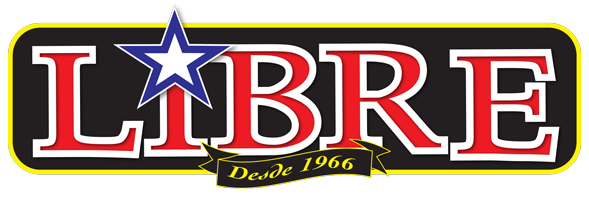




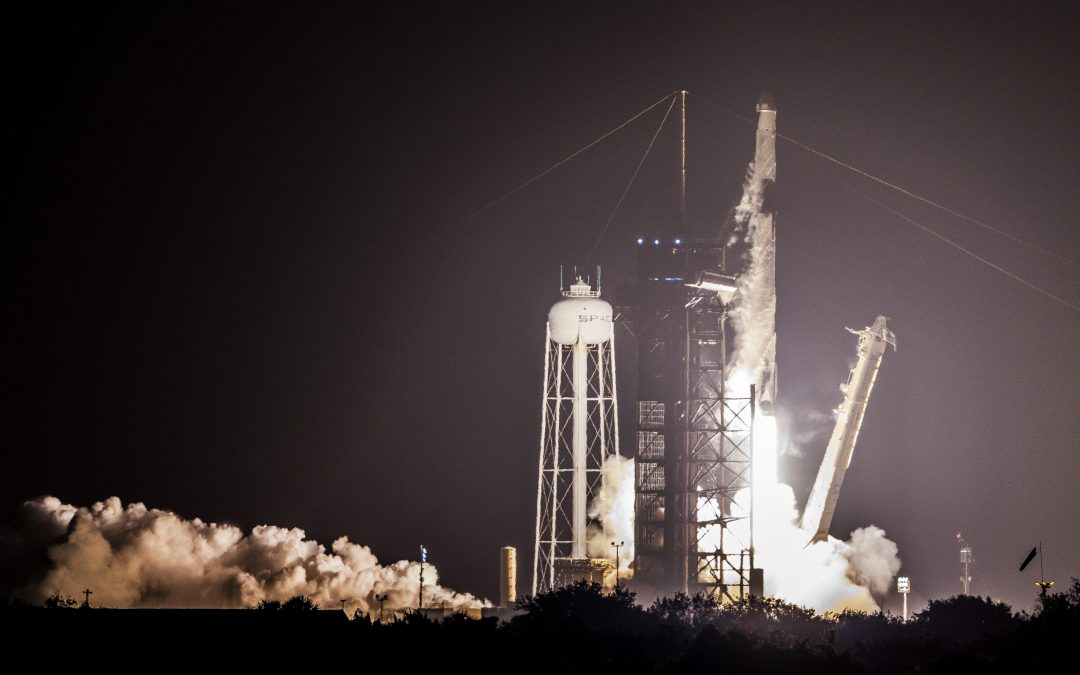
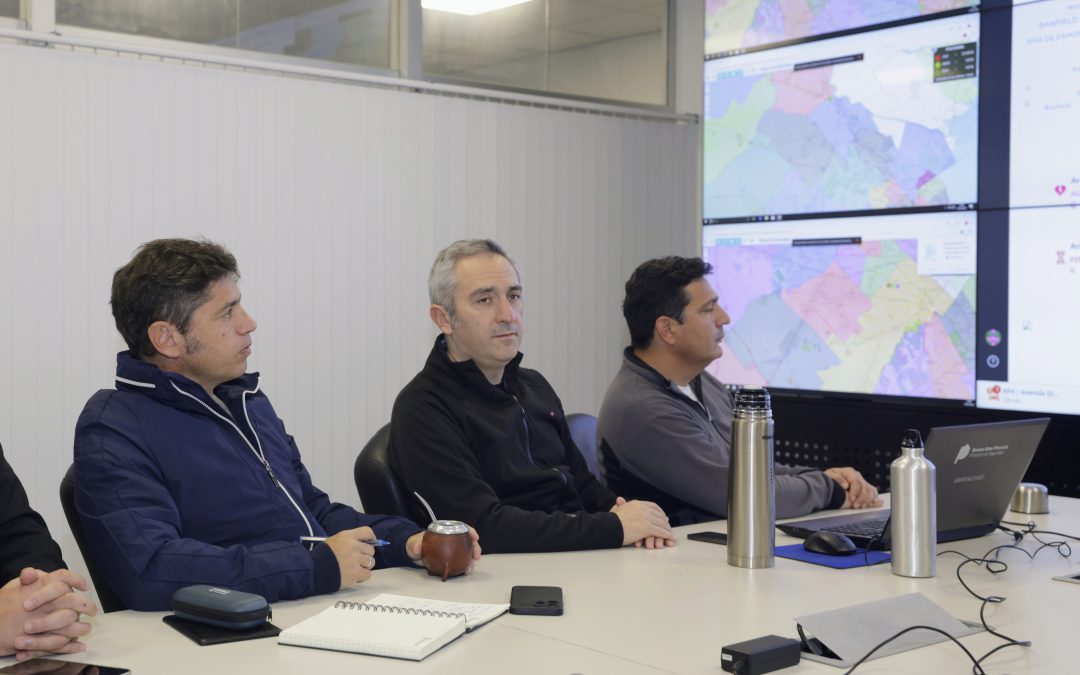



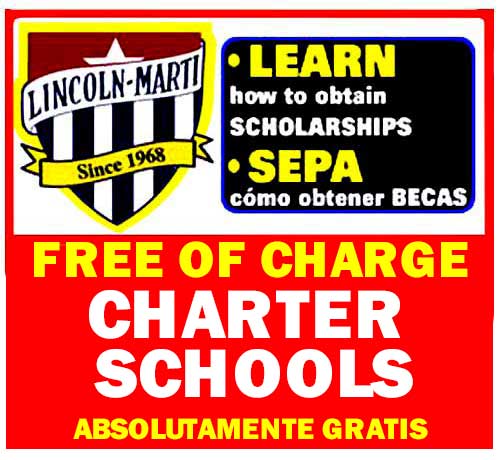


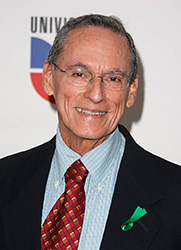
0 comentarios